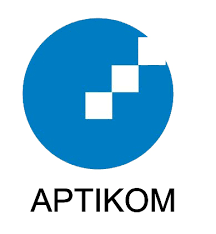Design and Build of The UNIRES Student Dormitory Management System of UMY Integrated With The Campus System
DOI:
https://doi.org/10.18196/eist.v2i2.16863Keywords:
applications, laravel, web services, websites, integrated systemsAbstract
The design and build of the Unires student dormitory management system of UMY integrated with the campus system with the Laravel framework aim to aid office and development staff. This system contained two types and several levels of roles. The roles were on the staff and resident sides. Concerning the staff, the roles comprised the director, staff, caregivers, technicians, new student admission committees (penmaru), launders, and examiners. Meanwhile, on the resident side, it consisted of the supervisor, senior, senior assistant, and resident. Access and features for each position varied based on the requirements of the function. The login for staff required a username and password freely determined. On the other hand, the resident position utilized the Single Sign-On procedure connected with UMY. Display for staff was standard with widescreen sizes. Unlike the system for staff, the residents’ display had a mobile-first design, meaning that it looks best on a tiny screen but is still legible when viewed on a large screen. Through the Bureau of Information System (BSI) of UMY, this system was also indirectly linked to the bank’s payment system. This technology would make the management and development of student dormitories simpler, more effective, and more efficient.
References
Bonny, Okto, Hermin Werdiningsih, dan Bambang Suyono. “REDESAIN ASRAMA MAHASISWA DI JAKARTA BARAT (PENEKANAN DESAIN ARSITEKTUR MODERN),” 2015, 14.
McCool, Shawn. Laravel Starter: The Definitive Introduction to the Laravel PHP Web Development Framework. Birminghan, UK: Packt Pub, 2013.
Nguyen, Quang Hung. “BUILDING A WEB APPLICATION WITH LARAVEL 5,” t.t., 35.
Nidhra, Srinivas. “Black Box and White Box Testing Techniques - A Literature Review.” International Journal of Embedded Systems and Applications 2, no. 2 (30 Juni 2012): 29–50. https://doi.org/10.5121/ijesa.2012.2204.
Ragunath, PK, S Velmourougan, P Davachelvan, S Kayalvizhi, dan R Ravimohan. “Evolving A New Model (SDLC Model-2010) For Software Development Life Cycle (SDLC),” 2010, 8.



